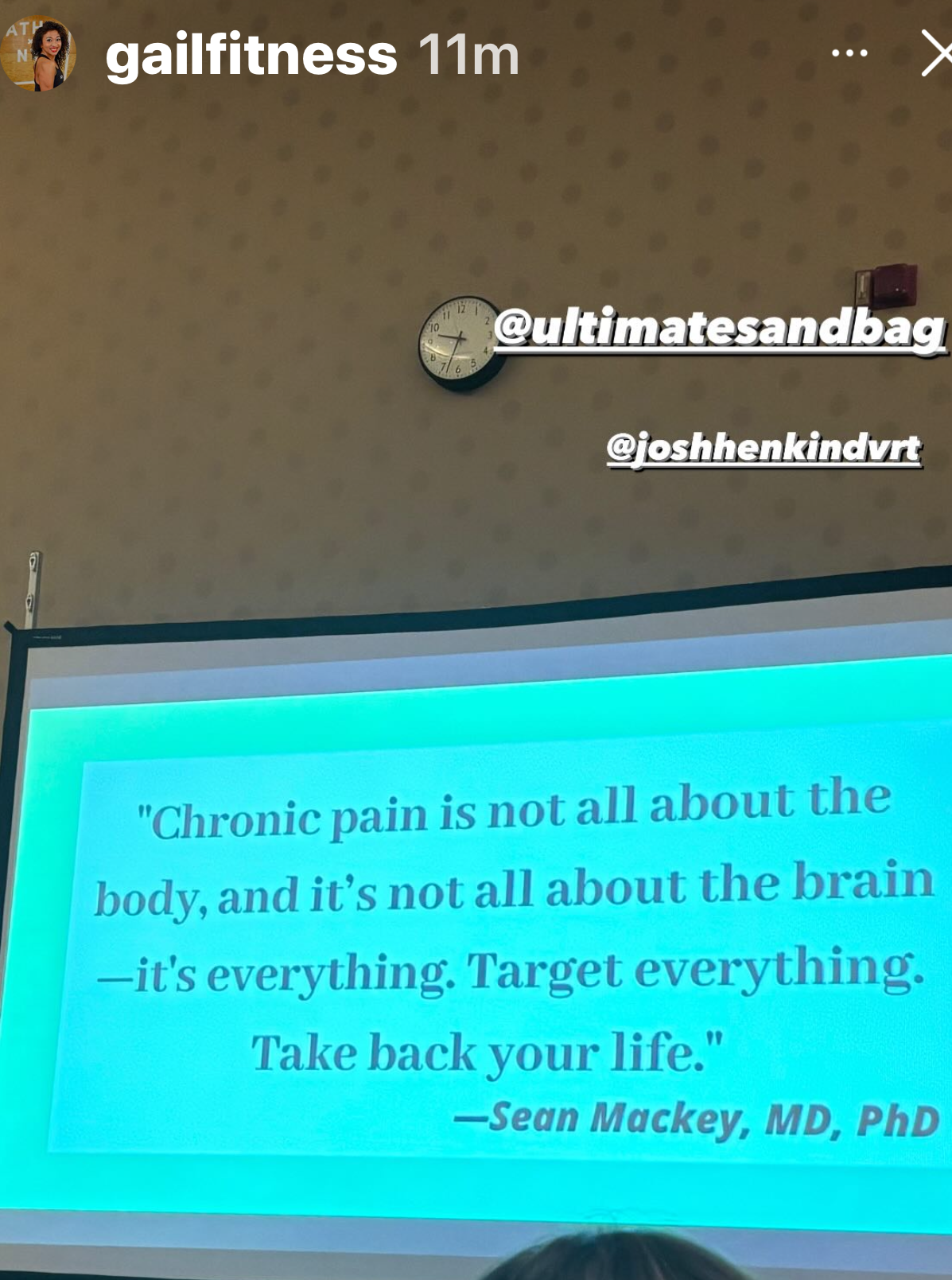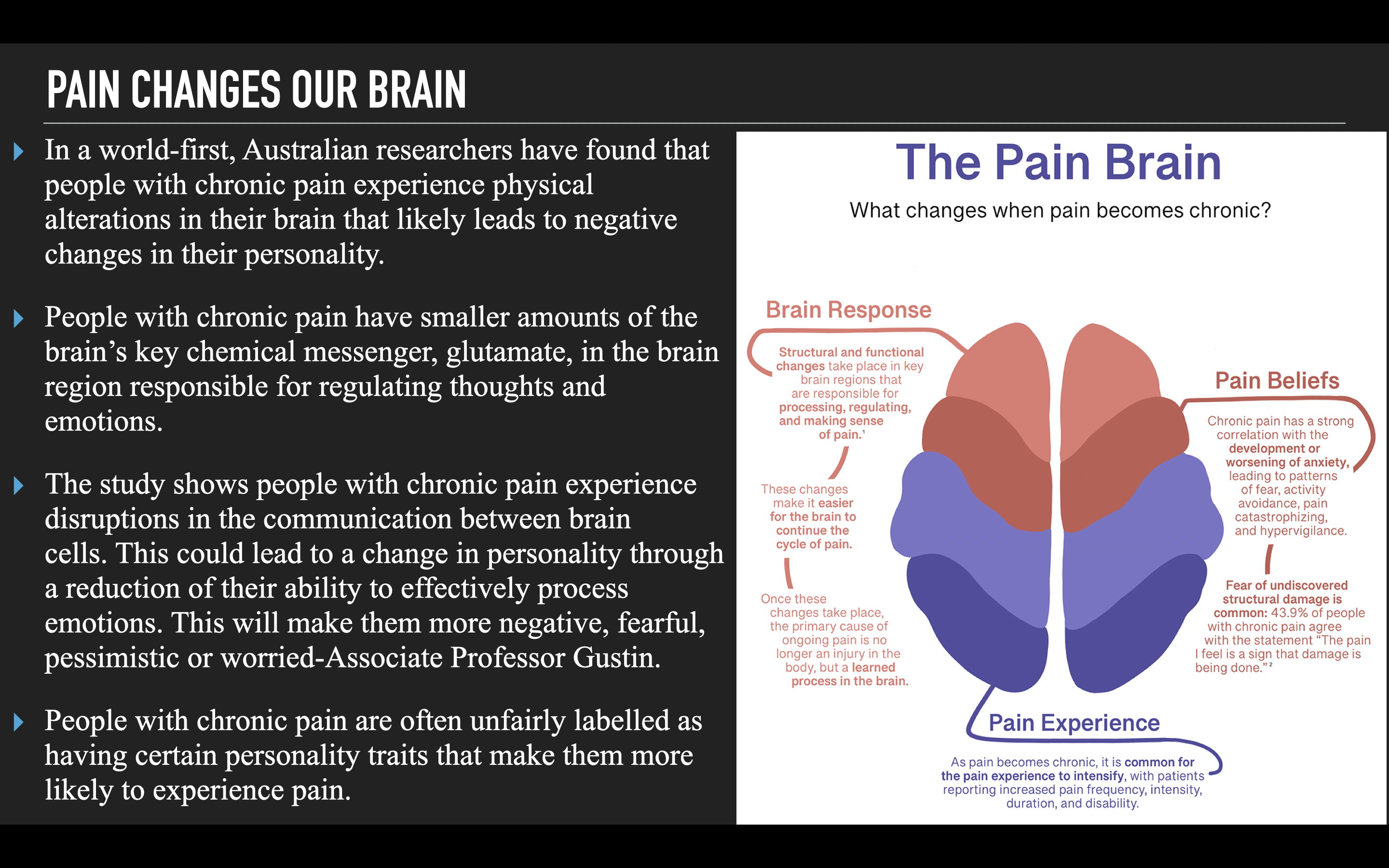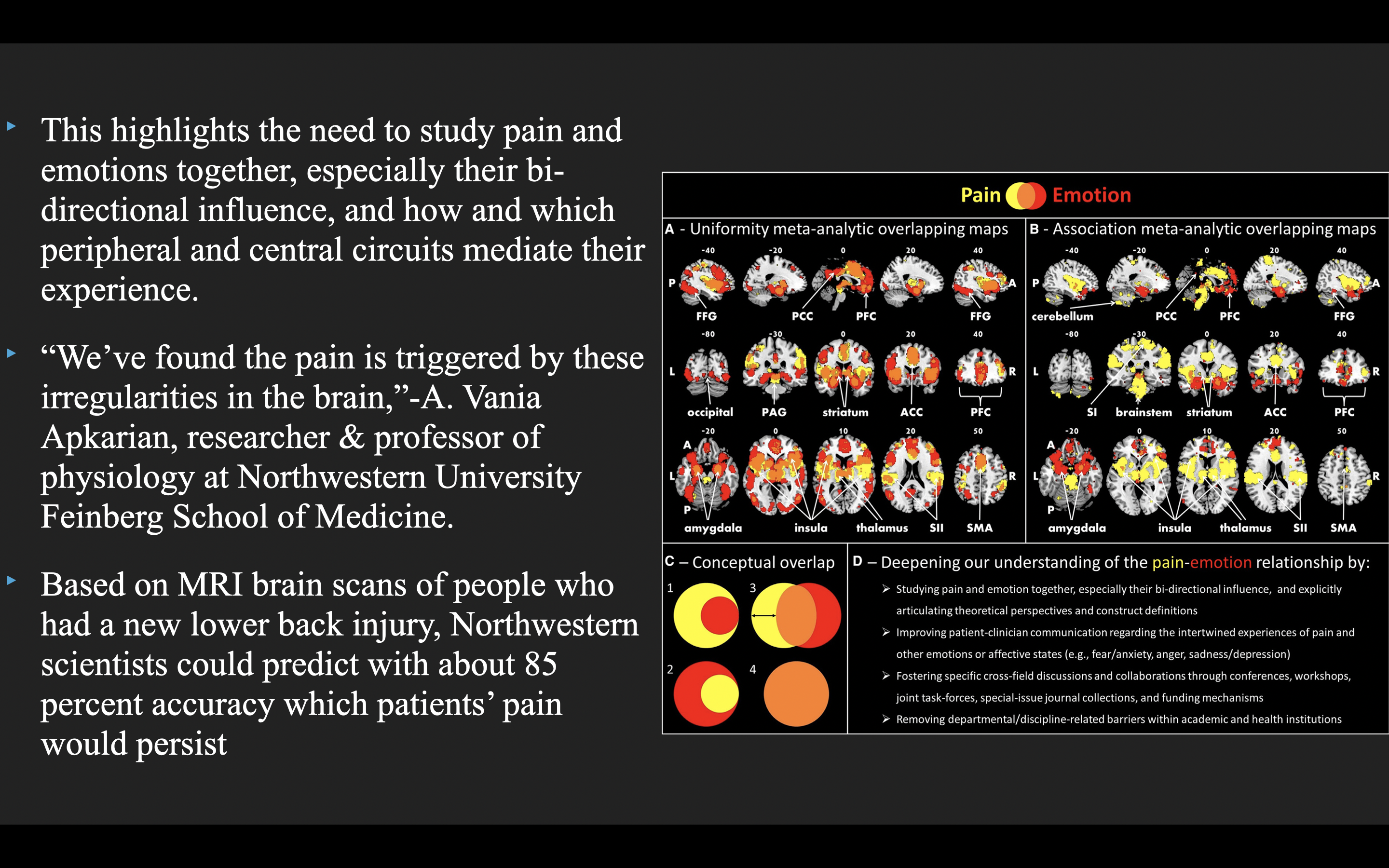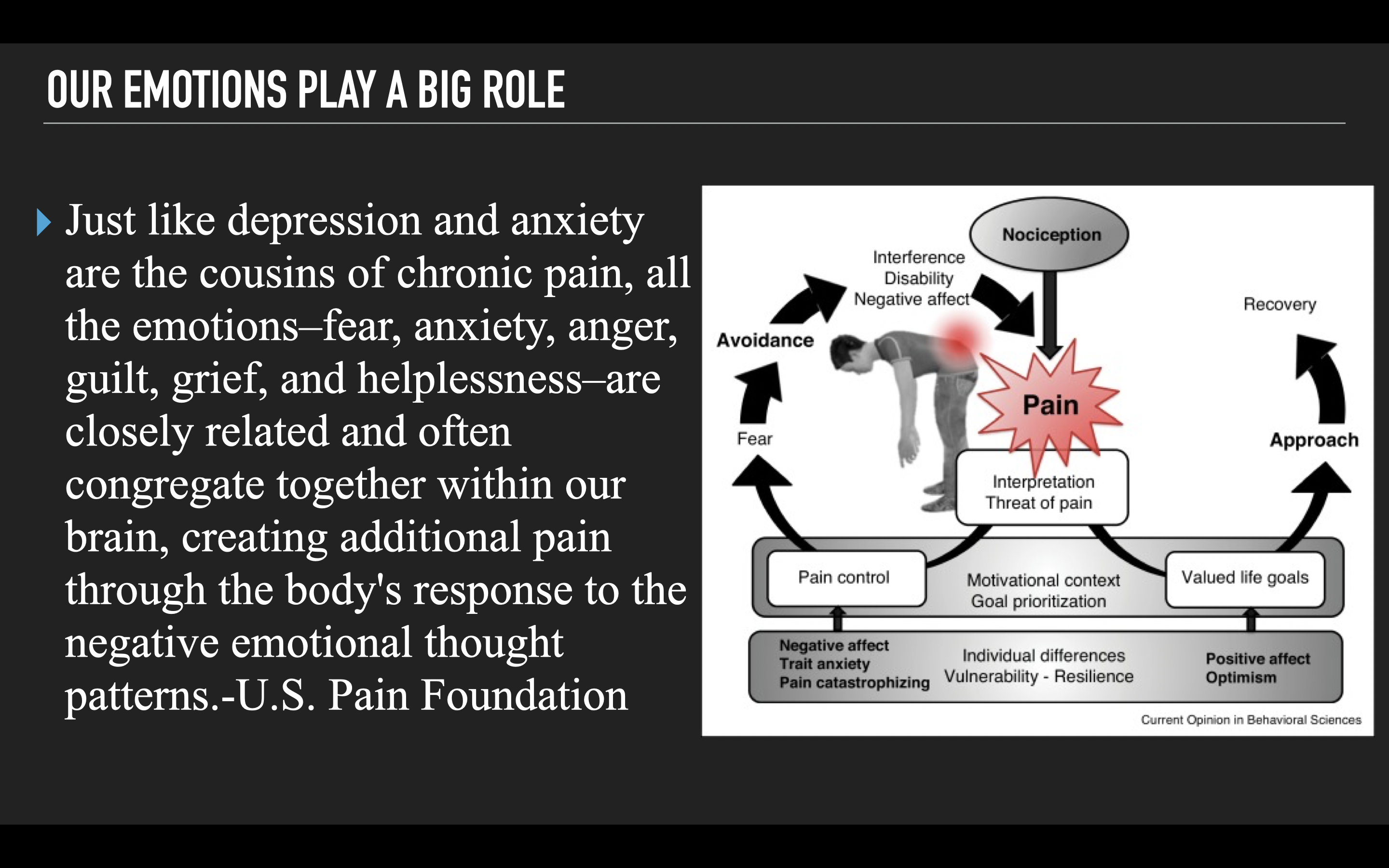More Effective Low Back Exercises
2024-08-26
I don’t need to tell you low back pain is one of the most common issues people battle. Some believe that if you just to workout that will help low back pain, there is some evidence that this is the case. However, if this were the only variable at play then we wouldn’t see the rather very common instances of people in the gym that also end up with low back pain. So, understanding the real issue and what makes for better low back exercises for people. After all, if we don’t understand the issue, then how do we create better solutions of smarter low back exercises.
What’s The Problem?
More and more people are astonished to find out that low back pain has little to do with low back exercises that that build up strength, mobility, or even stability. A 2024 paper is going to shock many! 222 physiatry patients getting treated for back and neck pain were evaluated. The researchers found that 88.3% of patients had what is known as primary pain(1). This is a term used to describe a condition that’s not caused by a different medical condition, while “secondary” means it is a consequence of another condition (such as a disease process, spinal damage, or significant soft-tissue issues).

A slide from my low back pain presentation this past weekend.
Don’t get me wrong, there are plenty of examples of someone going through a traumatic accident and resulting in low back pain. However, this acute type of low back pain 90% of the time resolves itself with minimal interventions (2). What really gets tricky is when people have low back pain that persists past 3 months and becomes chronic pain.
What new research is teaching us is that chronic low back pain causes changes in the structure of our brain. “Our results revealed that in patients with MTrPs-related chronic pain, the gray matter displayed microstructural alterations, which were mainly distributed in the limbic system and the pain matrix-associated brain areas.” (3)

What Does This All Mean?
When I present such information to people, it can seem overwhelming especially for those that have had a history of acute bouts of low back pain. I’ve had many people that had bulging or herniated discs years ago claim that these are the causes of their current low back pain. While that is possible, it would require that doctors have seen a progression of the issue over time. In most cases, herniated discs heal rather well in a 2-12 week time period. This is so well known by the medical profession that physical therapy isn’t typically recommended until after 3 weeks of persistent pain has been seen (4).
Since our brains actually learn to be in pain, the majority of chronic low back pain is actually seen as a brain issue, not a spine one. In fact, researchers at Northwester University were accurate up to 85% rate to predict who was going from acute to chronic low back pain phases not by imaging their spines, but their brains! (5)

So, what does this mean to your training? Should low back exercises work on strength, mobility, stability, what gives right? Let’s look at important steps in helping low back pain and what low back exercises are worth spending time upon.
-Find movement that doesn’t evoke fear!: When you are in pain, exercising and moving can seem contradictory. However, research has shown that movement is important, but one of the factors that dictate what type of exercise we should perform is avoiding that which causes fear. Research has found fear drives a lot of the continued pain loop that keeps people from getting better. So, if a deadlift freaks you out, there are still plenty of other exercises to perform.

-For many people just focusing on the back, especially when painful, can be problematic. Instead, integrating more of the body may be more helpful. Research has shown core and posterior chain training to be more effective in helping low back issues than general exercise. Physical therapist, Jessica Bento, shows some great examples (obviously everything can be adjusted to someone’s capabilities).
View this post on Instagram
-Hip mobility has also been associated with decreased low back pain, but just cranking on the hips isn’t the solution. Movements like those below may be more helpful in improving hip mobility. When we can combine mobility, breath work, and core stability we get better results from our efforts.
I want to dive deeper into how we use DVRT and our Myofascial Integrated Movement program (MIM) to help develop an overall view of low back exercises that help us create a more comprehensive program so stay tuned for more to come this week!
Don’t miss 25% off our Ultimate Sandbags/Water Bags, DVRT Rx Courses, & Workout programs with code “dvrt25” HERE and don’t miss our Mobility Balls HERE
View this post on Instagram
References:
- Schubiner H, Lowry WJ, Heule M, Ashar YK, Lim M, Mekaru S, Kitts T, Lumley MA. Application of a Clinical Approach to Diagnosing Primary Pain: Prevalence and Correlates of Primary Back and Neck Pain in a Community Physiatry Clinic. J Pain. 2024 Mar;25(3):672-681. doi: 10.1016/j.jpain.2023.09.019. Epub 2023 Sep 28. PMID: 37777033.
- Frymoyer, J. W. (1988). Back pain and sciatica. New England Journal of Medicine, 318, 291-300.
- Xie P, Qin B, Song G, Zhang Y, Cao S, Yu J, Wu J, Wang J, Zhang T, Zhang X, Yu T, Zheng H. Microstructural Abnormalities Were Found in Brain Gray Matter from Patients with Chronic Myofascial Pain. Front Neuroanat. 2016 Dec 20;10:122. doi: 10.3389/fnana.2016.00122. Erratum in: Front Neuroanat. 2017 Jul 21;11:62. doi: 10.3389/fnana.2017.00062. PMID: 28066193; PMCID: PMC5167736.
- https://www.ncbi.nlm.nih.gov/books/NBK441822/#:~:text=On%20average%2C%20most%20cases%20of,within%206%20weeks%20of%20symptoms.
- Mansour AR, Baliki MN, Huang L, Torbey S, Herrmann KM, Schnitzer TJ, Apkarian VA. Brain white matter structural properties predict transition to chronic pain. Pain. 2013 Oct;154(10):2160-2168. doi: 10.1016/j.pain.2013.06.044. PMID: 24040975; PMCID: PMC3799881.
© 2026 Ultimate Sandbag Training. Site by Jennifer Web Design.







